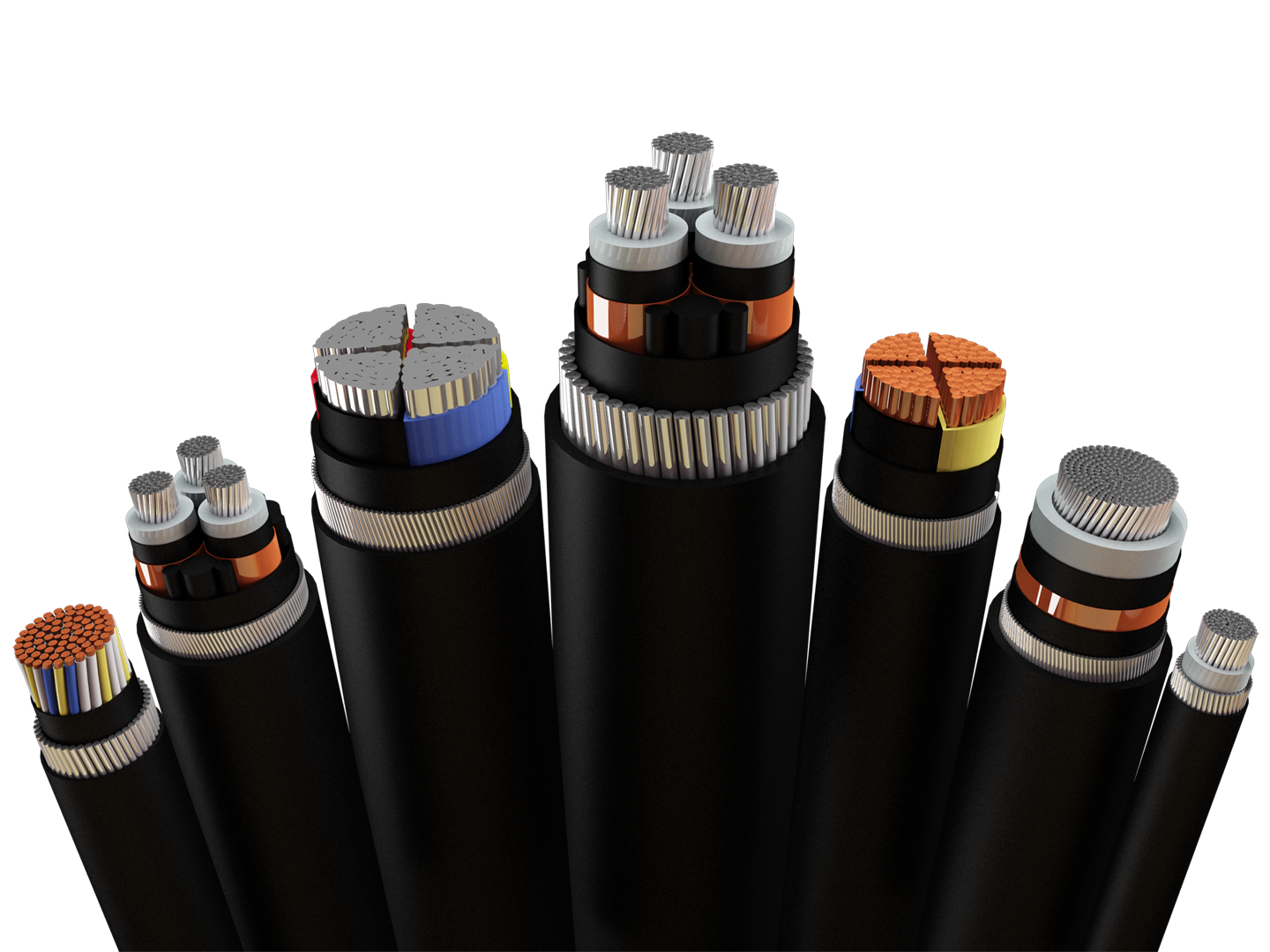When more than one stripped copper wires are to be used for conducting electrical current over a distance, we need to use a power cable for safe and effective transmission of electrical power. These cables are also known as electrical cables and vary in terms of sizes, applications, configuration and efficiency.
Any electrical cable is made by combining two or more copper or glass wire components and an insulating shield. Individual shielding of copper wires is essential if the cables are going to transmit high voltages. Common shielding of wires protects the entire cable from environmental hazards and also offers added insulation. These jackets are usually produced by using synthetic polymers.
 Major types of electrical cables
Major types of electrical cables
Pairs of insulated copper wires are twisted around each other for producing twisted pair power cables. These are commonly used for wiring or cabling applications in telephone as well as Local Area Networks. Individual copper wires in these cables are color coded and the insulation enables prevention of cross-talk or external noise.
Coaxial power cable has a dielectric insulator that covers a copper plated core and the layer of insulator is shielded by a copper shield that is in a woven form. The entire configuration is enclosed inside a polymer sheath. These are designed for catering to multiple applications including television networks, and video or audio networking equipment.
Power cables in high voltage electrical transmission are shielded for prevention of interference of external power frequencies or radio signals. There can one or more insulated wires inside a shielding that is generally of woven braids or aluminum Mylar foils.
Flat twin or ribbon power cable is another form of electrical cable that consists of parallel insulated wires to facilitate concurrent transmission of multiple data and signals. Ribbon electric cables are extensively used for connecting network devices. One can also find these cables being used in computers for connecting core components of Central Processing Unit with motherboard.
Growing use of fiber optics
Fiber glass wire is the favorite choice of engineers for Information Technology related applications. These are popularly known as fiber optic wires or cables. Unlike copper power cable, fiber optic cables are capable of transmitting light and are immune to interferences of electromagnetic fields. Fiber optic cables are used for greater security as well as reliability in an environment that involves high voltages.
Transmission of digital information via fiber optic cables happens by conversion of digital signals into light pulses for transmission across the glass fibers. As soon as the light pulses reach their destination, these are converted back into digital signals.
Transmission of signals through fiber optics is significantly faster due the use of light pulses. It is possible to transmit signals of multiple wavelengths simultaneously since these do not interfere with each other.
Emergence of fiber optics has facilitated faster access of internet. It is also used in manufacturing of High Definition televisions to boost quality of picture and audio signals. Since these are capable of handling higher volumes of data, fiber optic cable can easily replace copper power cable.